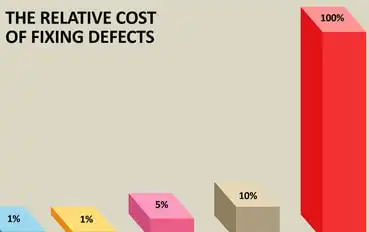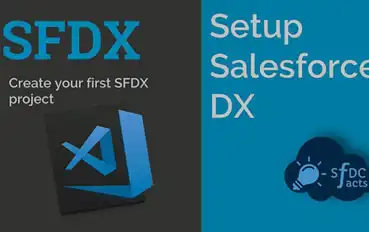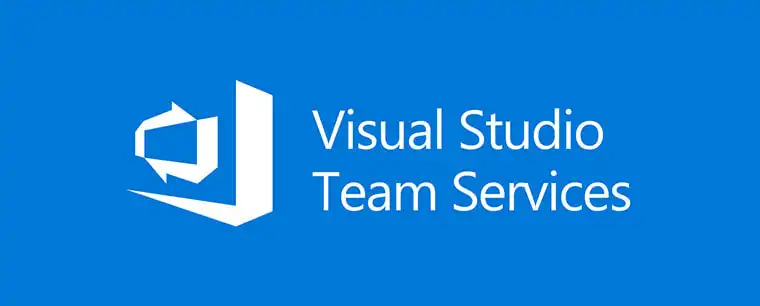Every business has a responsibility to keep the information of their employees and customers safe. This is simply good business practice. However, there are some industries such as healthcare, banking, and insurance that deal with extremely sensitive data.
![]() Data security regulations have been established to outline the protections that need to be in place to secure various types of sensitive information.
Data security regulations have been established to outline the protections that need to be in place to secure various types of sensitive information.
These regulations will vary depending on the location and industry of a particular company. Here are a few examples:
- ISO/IEC 27001: This international regulation stipulates requirements for starting, implementing, and sustaining an information security management system (ISMS).
- SOC 2 Type II: This is a type of report for financial institutions to prove utilization of proper system operations.
- HIPAA: The Health Insurance Portability and Accountability Act (HIPAA) outlines proper handling of personal identifiable information (PII) within the healthcare and insurance industries.
But no matter where you are located or in which industry you operate, a strong Salesforce DevSecOps pipeline will help achieve these goals. Strong code is an essential aspect of producing secure updates and applications to support a compliant system.


 Data security regulations tend to cover the totality of your data, which includes the metadata. It can be easy to forget about metadata when putting together a data security strategy, but it is just as important as other types of information.
Data security regulations tend to cover the totality of your data, which includes the metadata. It can be easy to forget about metadata when putting together a data security strategy, but it is just as important as other types of information.



